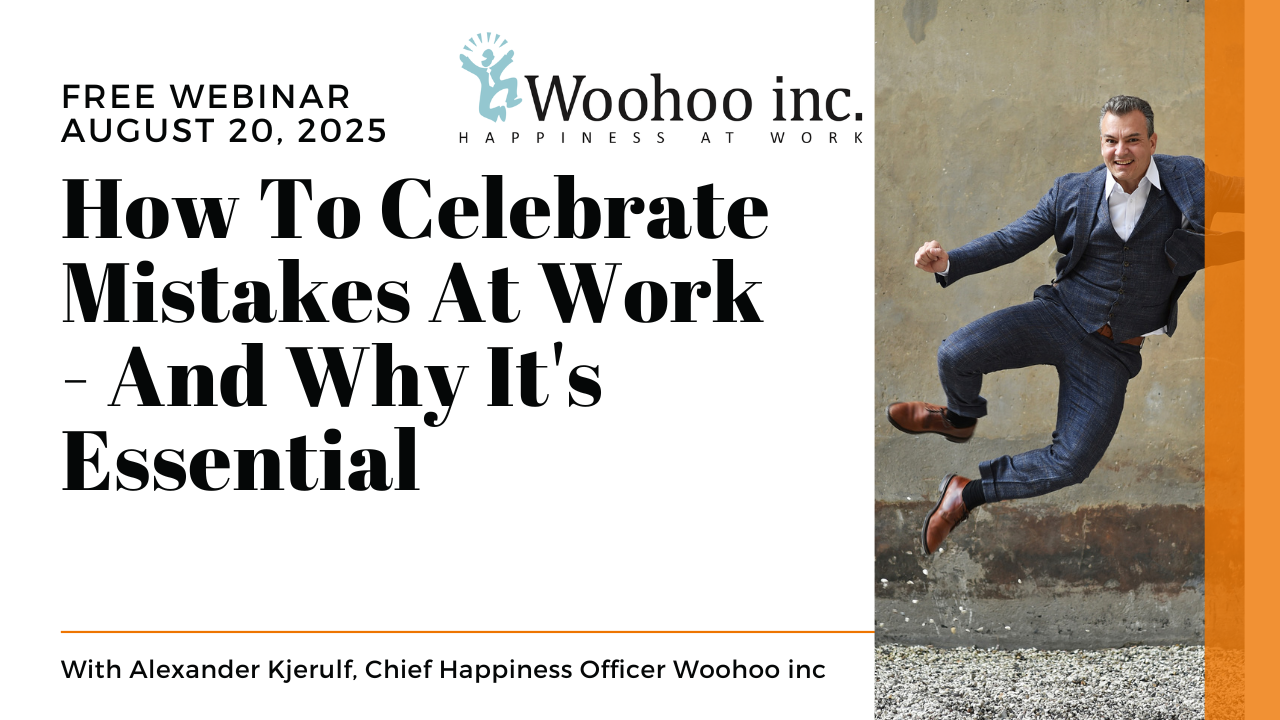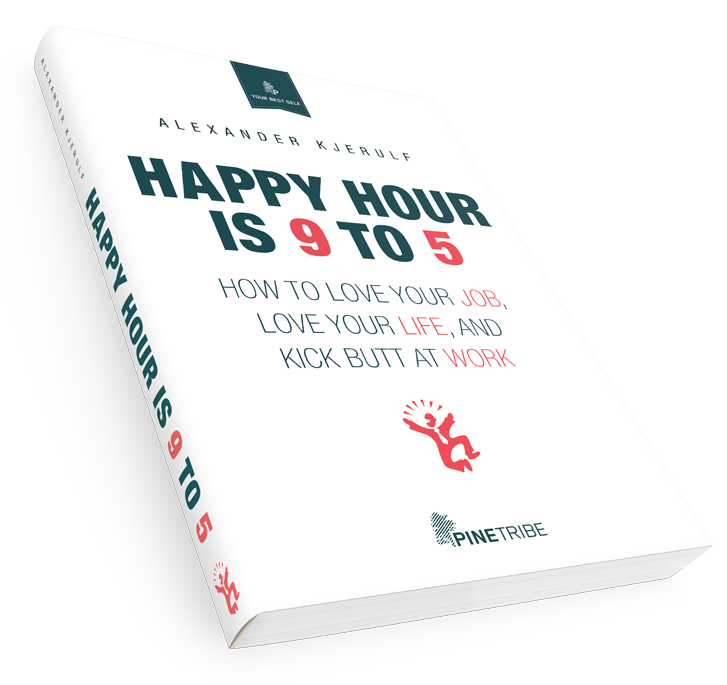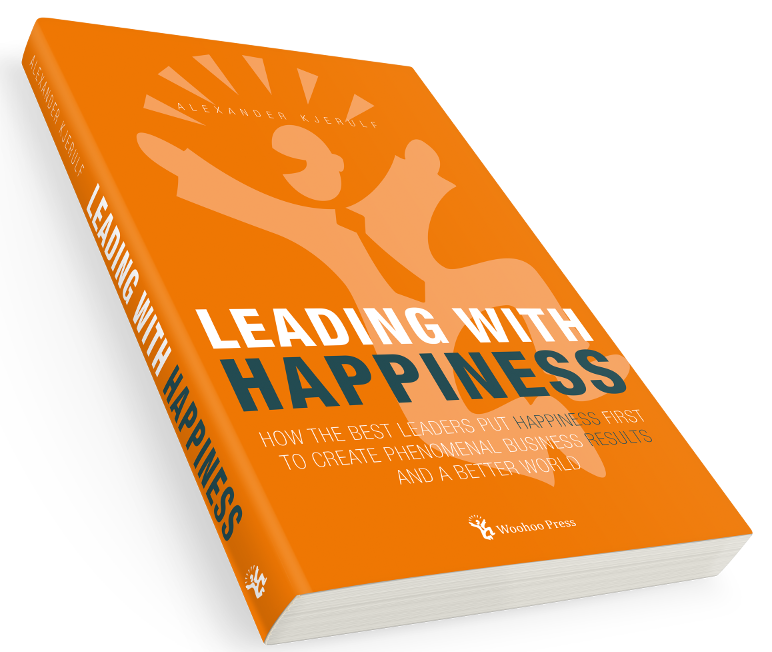Zopa is a new approach to lending and borrowing money:
Here’s the way the world works (and it must be right because it’s been like this for hundreds of years…)
People who have spare money give it to a bank. Banks then do whatever they like with it. Some of it they lend to people who need to borrow. Some of it they give to their shareholders. Some of it they gamble on the price of tin, or the dollar going down, or whether there’ll be floods in Asia. Banks make lots of money from all this, a fraction of which they give back to their customers.
Zopa though lets people who have spare money to lend it directly to people, like them, who want to borrow it. No bank in the middle, no huge overheads, no unethical investments.
To minimise any risk, the money each lender puts in is spread amongst at least 50 borrowers (and likewise each borrower gets their money from a number of different lenders).
I saw this mentioned on Businesspundit, and I have to agree with him that this is a seriously disruptive technology. The site just exudes happiness, energy, drive, disruption and fun. Check it out.
UPDATE: I tried to register at the site, and the process failed. I got this very nice email from the site:
Thanks for your email and your interest in Zopa. I’m sorry but in order to comply with UK Money Laundering Regulations all Zopa Members need to be UK residents and appear on the voters roll.
We know this sounds incredibly inflexible, but at this stage in Zopa’s young life we have to be belt and braces with identification, money laundering and fraud.
Clearly this is a big turn off for you so please accept our apologies. Once we’re better established we’ll be looking to increase the number of ways that we can admit Zopa joiners online.
As Zopa grows we are planning to move into other countries by the end of the year and we hope very much that you’ll consider trying to join us again then.
I’ll be back when they take it outside the UK.






